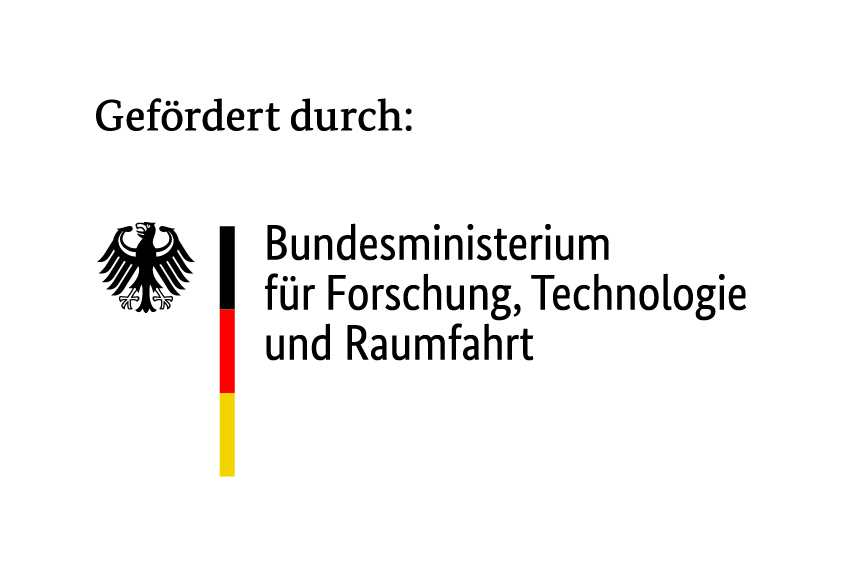Note on the selection of the measures for the Transfer Laboratories
After consultation with the KlimaPlanReal project advisory board, the following procedure was decided upon: The focus in the 1st Transfer Laboratory is on visibility (for all OVGU member groups), in the 2nd Transfer Laboratory on impact (GHG reduction), as no prioritized top measure is both particularly visible and particularly effective (GHG-reducing). For the 1st Transfer Laboratory, the measure "Unsealing land and reducing car parking spaces" was therefore selected and for the 2nd Transfer Laboratory the measure "Creating incentives for rail travel instead of air travel (intracontinental)".
Follow-up of the (other) ClimatePlan measures
Among other things, the local OVGU project team is discussing with various teaching staff whose events that are thematically close to the measure (tending to be seminars) are suitable for following up the measures. In addition, the project team analyzes the suitability of the measures for thesis topics and aims to provide a list for students on the website of the Sustainability Office. At the same time, students are encouraged to develop their own topics derived from the ClimatePlan measures. Relevant stakeholders in the university administration and individual practitioners outside the university are recommended suitable measures and asked for an assessment of their feasibility.



